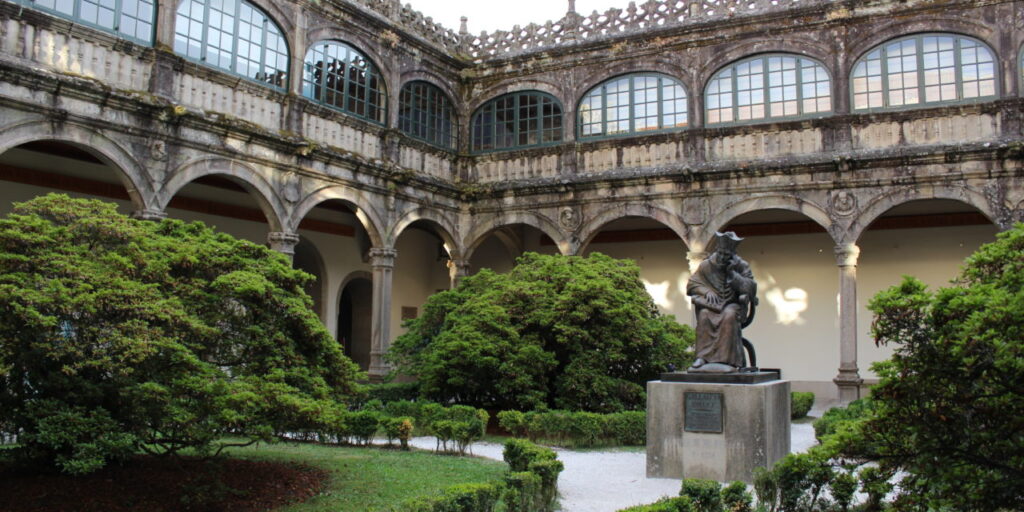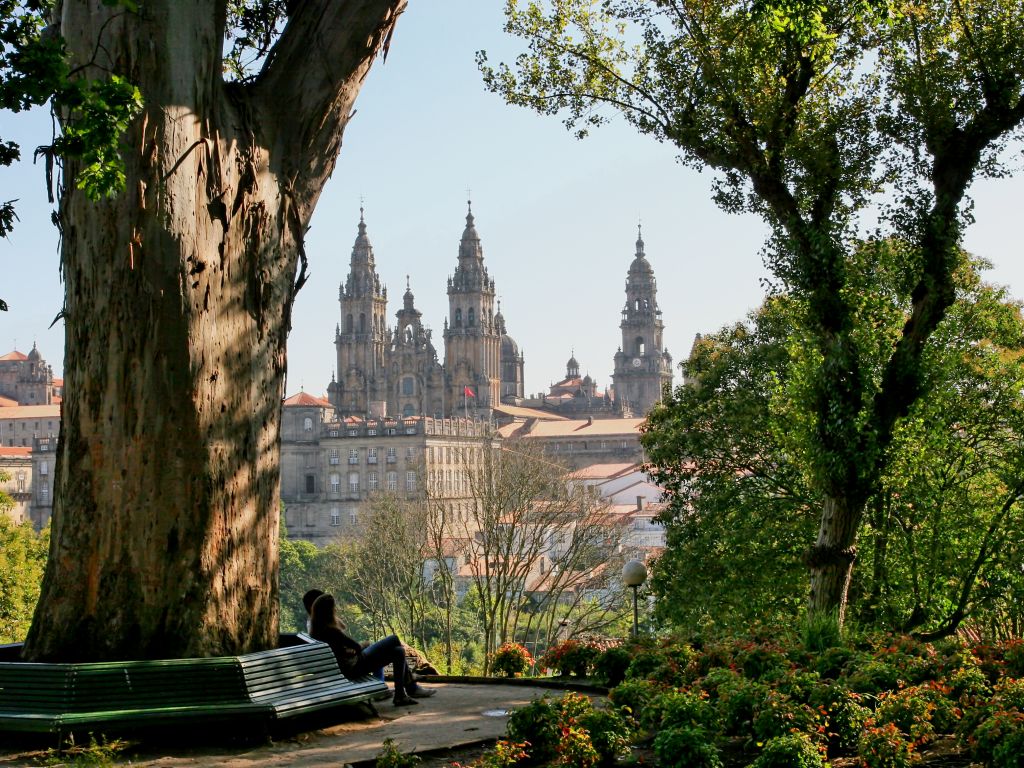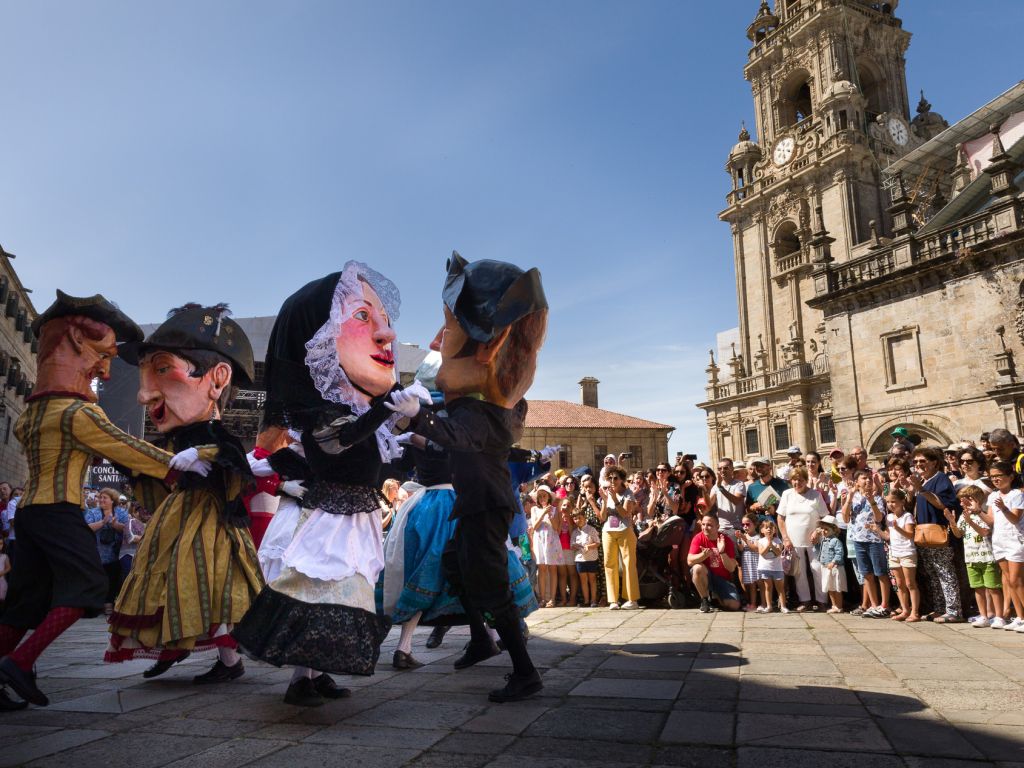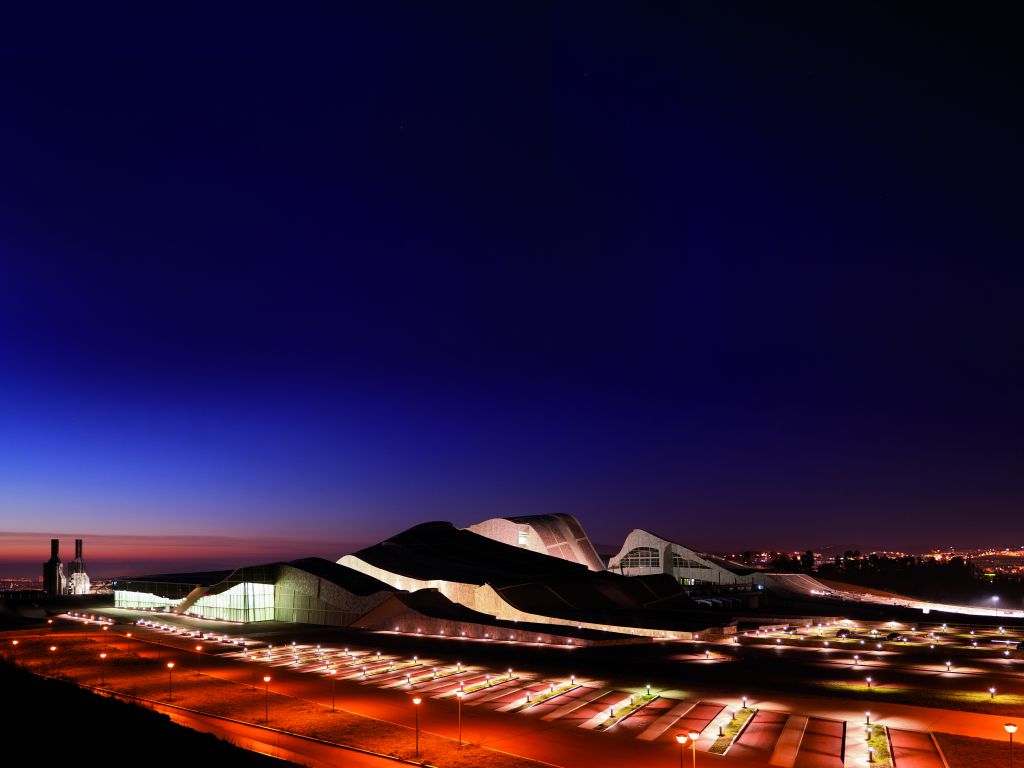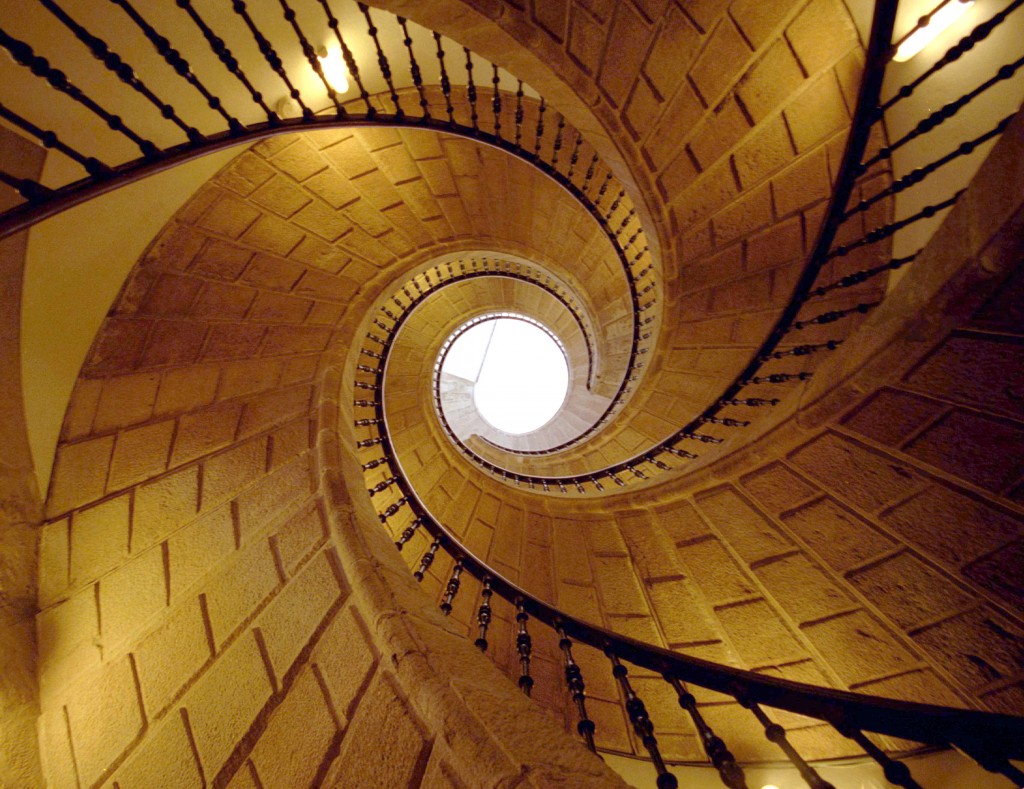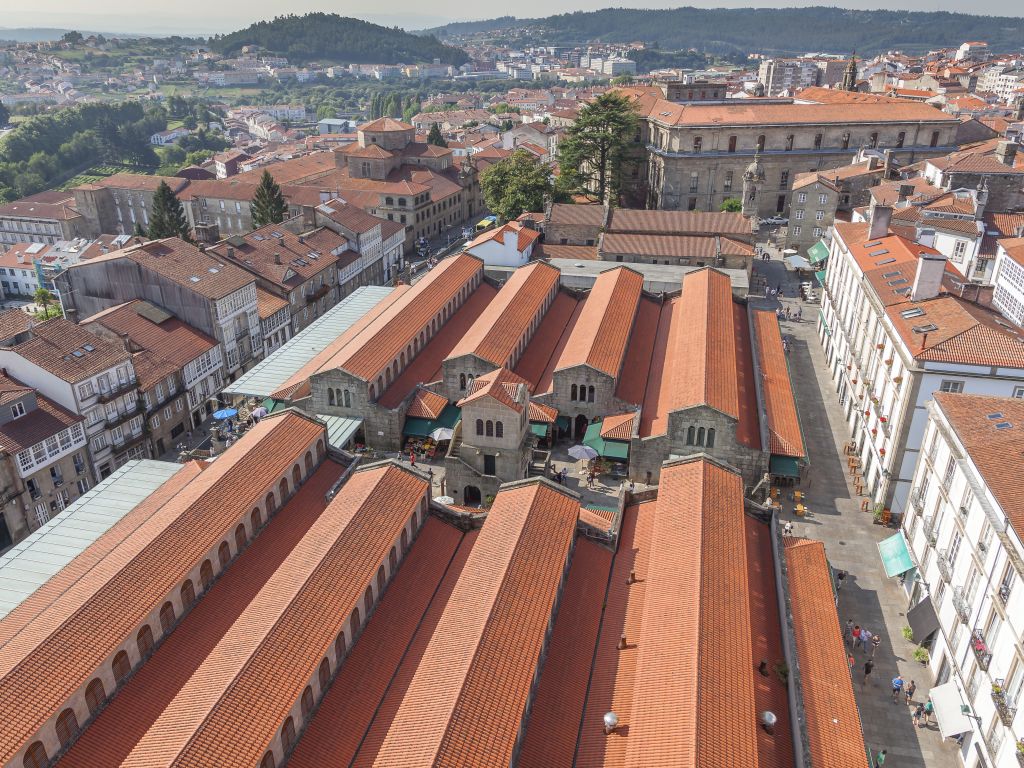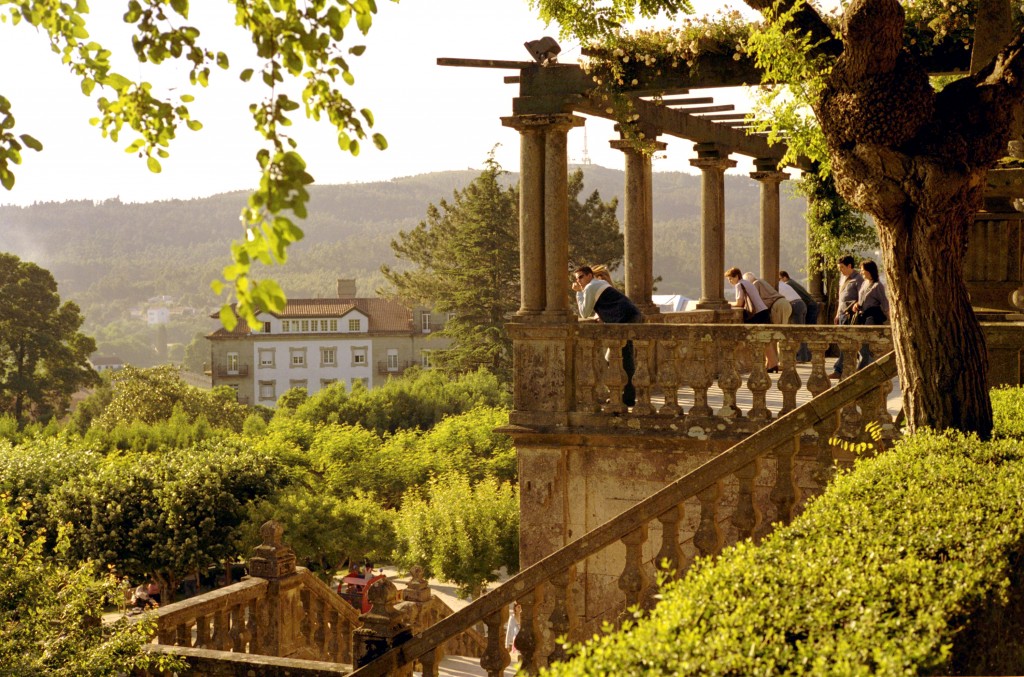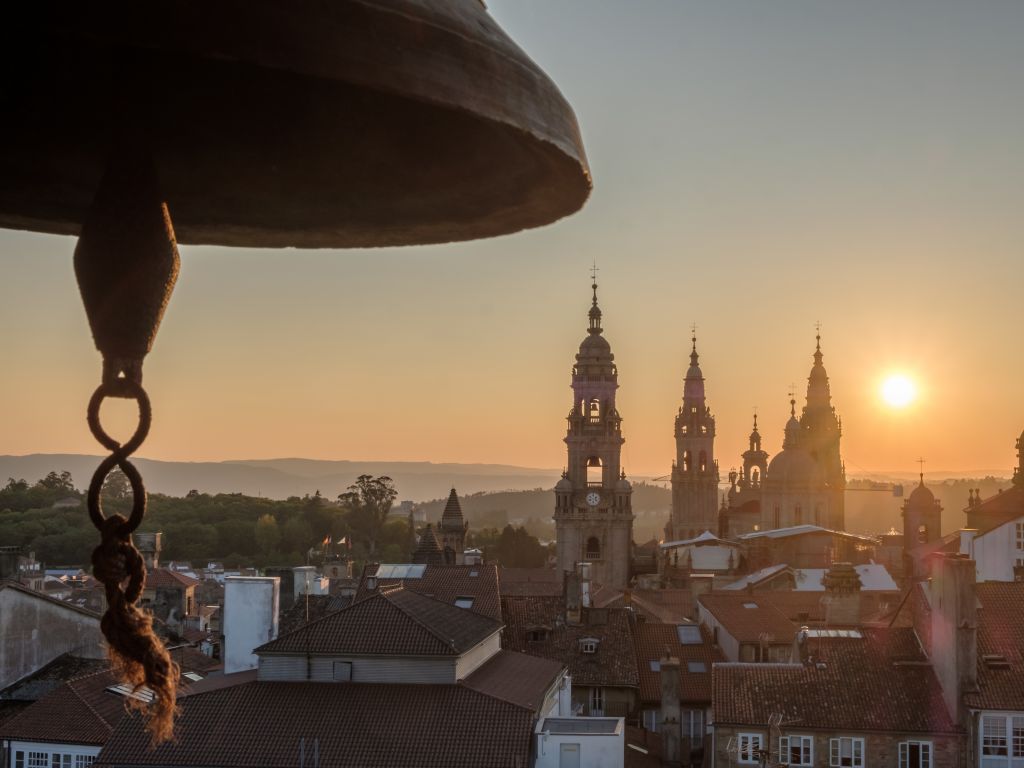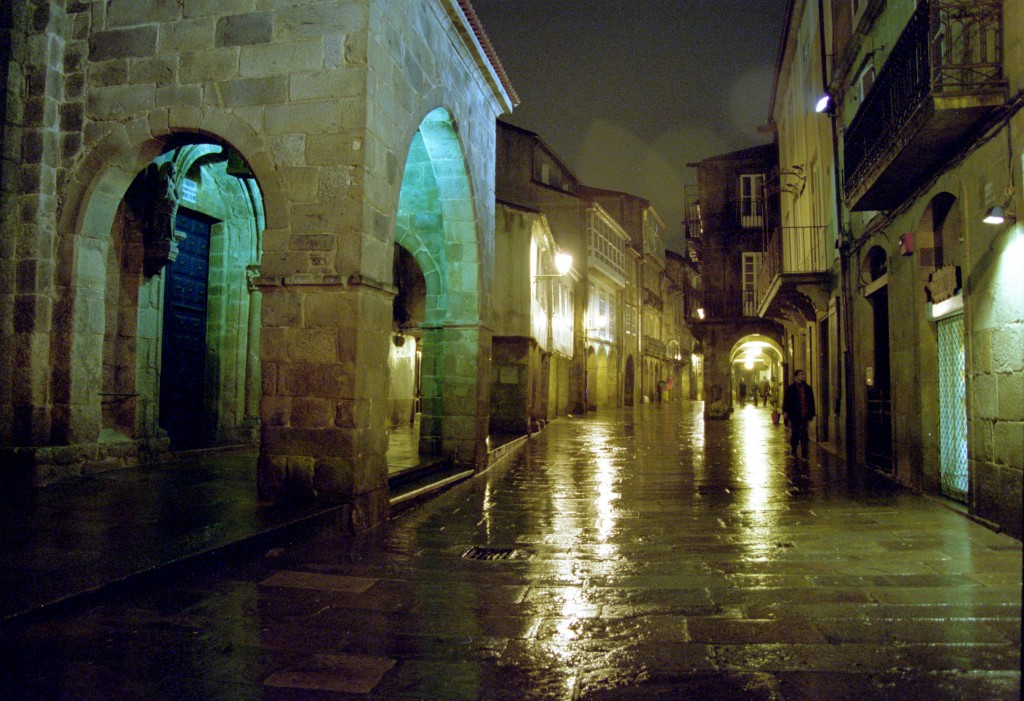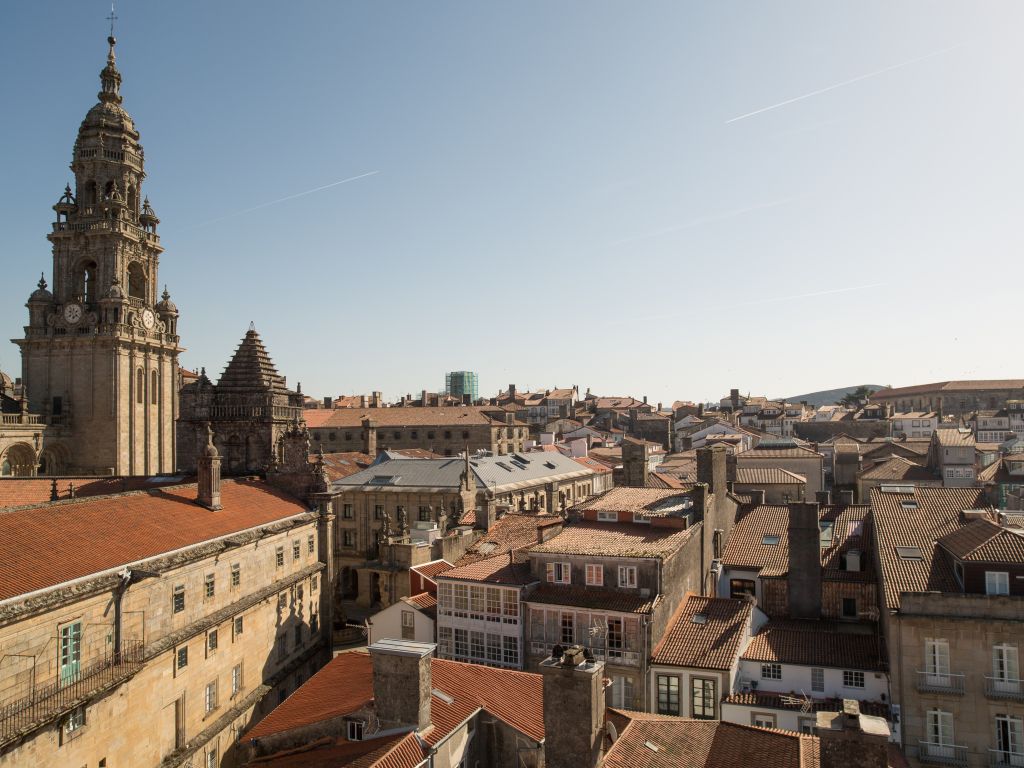Santiago de Compostela is the capital of the Autonomous Community of Galicia; declared a World Heritage City by UNESCO thanks to its monumental beauty, extraordinary conservation and as the final destination of a thousand-year-old pilgrim route: the Way of St. James, which, since the 9th century, has transformed this finis terrae into a meeting place of Western faith and thinking.
Santiago de Compostela is a stone apparition in the midst of the green forests of Northwest Spain and the nearby Galician “rias”. It was originally a stopping point on a Roman road, but the discovery of the Apostle James’ tomb at the beginning of the 9th century gave rise to a place of workshop in the corner of the Iberian Peninsula, which was then dominated by the Moors. From then on all of Europe started walking towards Santiago, a holy city of Christendom where the grace of plenary absolution awaited them. A Romanesque cathedral then arose there, with the following centuries adding the sobriety of the Renaissance style and the majesty of a Baroque style that eventually characterised the city’s monumental image, made from the granite of its monasteries, its pilgrim hospitals, its numerous churches, its stately houses and its squares, where time stands still.
Tradition is still alive and the continent’s spirituality still looks towards Compostela, as shown by the last Holy Years, which is undoubtedly the case in this Jubilee year of 2021+2022. Visitors will find its treasures exhibited in sixteen museums as well as the surprising richness of its contemporary architecture, designed by Eisenman, Hedjuk or Siza, surrounded by Galicia’s largest area of parks and gardens. This setting is alive with cultural expressions organised by the public and private sector, led by the five-hundred-year-old University of Santiago de Compostela (USC).
The University of Santiago de Compostela has been the cornerstone of the city’s and the autonomous region’s education for more than 500 years. Its foundation goes back to 1495, the date when Lope de Marzoa opened the so-called “Estudio Viejo” (Old Study) or “Estudio de Gramática” (Grammar Study) in the Monastery of San Paio de Antealtares. After merging with the Colegio de Santiago Alfeo, founded by Archbishop Fonseca, its first statutes were approved in 1555. Since then, the University –which originally consisted of the chairs of Art and Theology- has extended its educational field to the more than 180 degrees that are currently imparted in 41 faculties, schools and institutions located throughout the campuses of Santiago and Lugo. The USC’s facilities now occupy an area of 1,300,000 square metres and house 25,500 students, more than 2,000 lecturers and researchers, and 1,000 employees.
